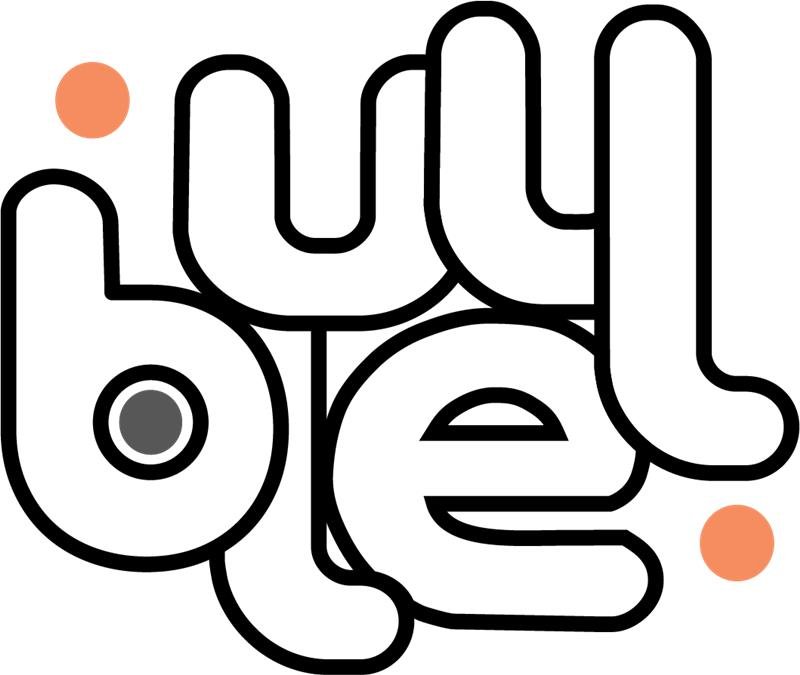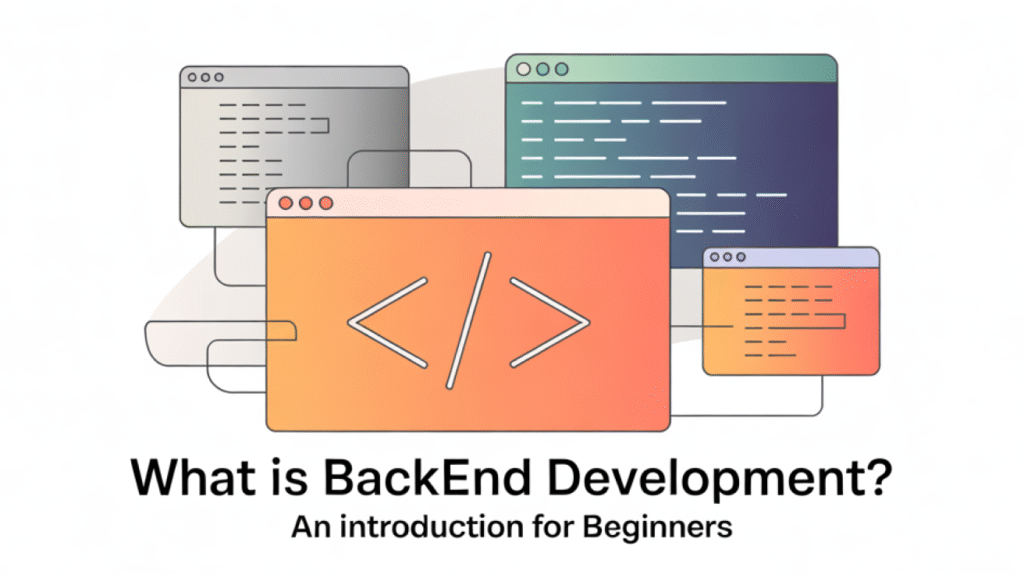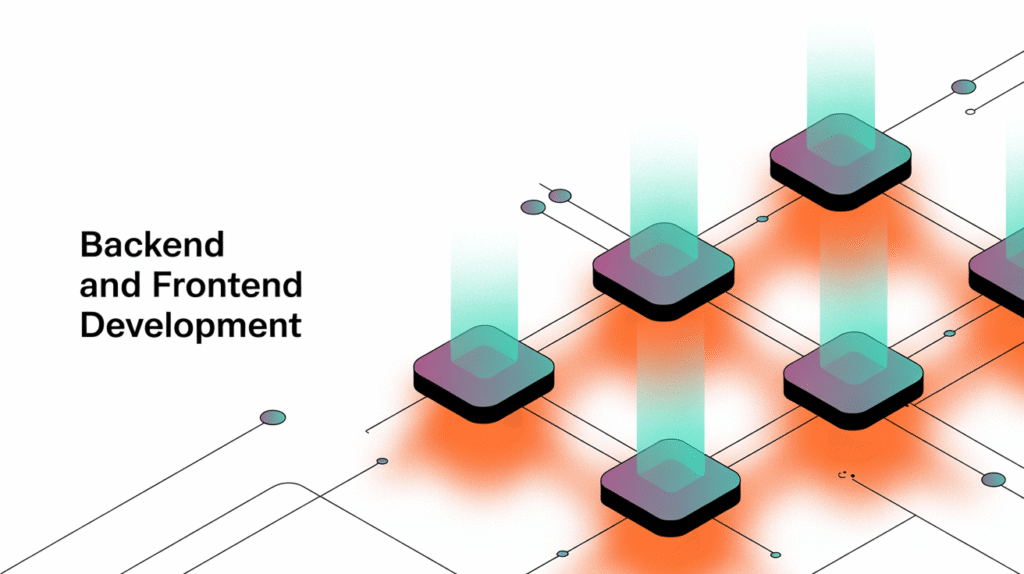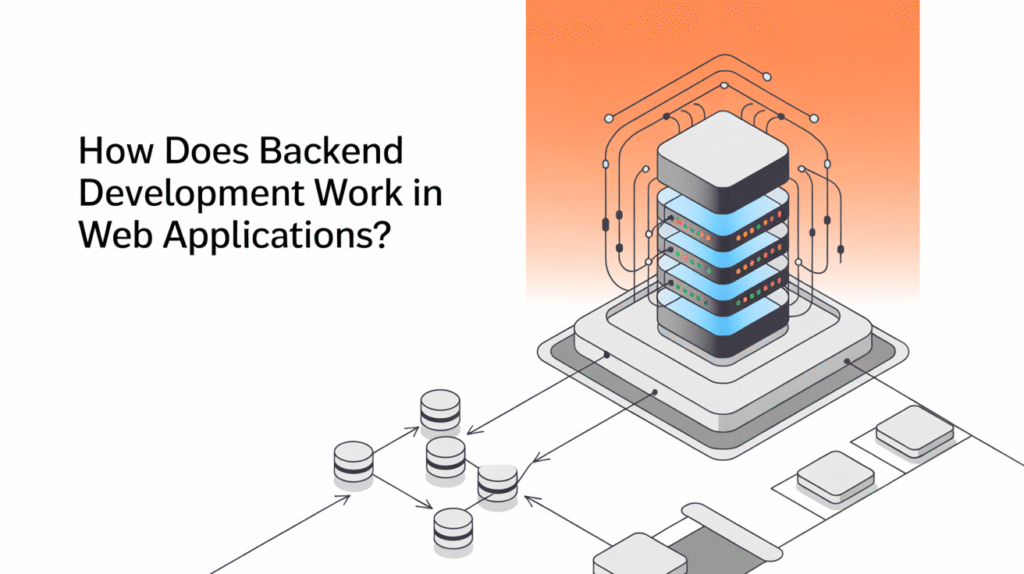- Bluell
- Blog
- Android
What is MVP? Why is it the key to success? Your complete guide!
- Development
- 9 min Read
- 19 May 2025

A Minimum Viable Product (MVP) is a product development strategy that involves creating a product with only the most essential features. This allows you to launch an initial version quickly, collect user feedback, and improve the product iteratively. But what does MVP stand for? It stands for Minimum Viable Product and is used to test product ideas with minimal risk and cost. In a competitive digital era, MVP is crucial, especially for startups and larger companies. For startups, it helps save time and resources, while companies can use it for rapid innovation. Using an MVP means that the company:
- Achieve faster product-to-market adaptation.
- Reduces development cost and risk by avoiding redundant features.
- Enable iterative growth through continuous improvement based on real feedback.
MVP is not just about creating a product – it is a strategy for building successful products that meet customer needs and adapt to market demands. In this guide, we will discuss what MVP means in Swedish, why we should develop an MVP, challenges in MVP development, MVPs for startups vs. enterprises, real-life MVP success stories, key steps to developing a successful MVP, and much more.
What is a Minimum Viable Product (MVP)?
A Minimum Viable Product (MVP) is a product development methodology where a product is launched with the most basic features to quickly test an idea and address user needs. In agile product development, MVP is used to enable rapid iterations and adaptations based on user feedback.
What does MVP mean? It’s an acronym that allows companies to quickly get a product to market with minimal resources and then improve it based on user feedback.
The key components of an MVP include core functionality that solves user problems, a feedback loop to continuously improve the product, and the ability to retain early adopters. This allows companies to create an initial version of the product that both satisfies user needs and provides valuable data for further development without exceeding development costs.
Why develop an MVP?
Developing a Minimum Viable Product (MVP) is crucial to successful product development. Using an MVP allows companies to quickly test their ideas and get real user feedback, helping to reduce the risk of market failure.
The benefits of an MVP
- Faster time-to-market: By launching an MVP quickly, you can start collecting user data and feedback right away.
- Cost-effectiveness: The MVP helps keep development costs low by focusing on the most basic features.
- Reduce the risk of market failure: By testing early, you avoid building features that are not requested by users.
An MVP makes it possible to quickly get to market and adjust the product based on real user data, saving both time and money.
MVP Feedback Loop: How Feedback Improves Your Product
Launching an MVP early provides valuable user insights. By quickly gathering feedback, you can optimize and adjust your product to meet user needs. This creates an effective feedback loop that leads to continuous improvement.
The Importance of Early Launch
By releasing your minimum viable product (MVP) early, you can quickly understand what users like and don’t like. This saves both time and development cost by avoiding building on features that are not valuable.
How Feedback Improves the Product
User feedback allows you to:
- Improve features that already exist.
- Adding new features based on user needs.
- Improve the product’s market fit over time, making the product better meet user expectations.
By continuously iterating on your MVP, both the user experience and the quality of the product improve, which increases the chance of success in the market.
MVP for Startups vs. Enterprises
When we talk about MVP (Minimum Viable Product), we see that both startups and companies use it to effectively test and develop their ideas.
| Aspect | Startups | Business |
|---|---|---|
| Purpose of MVP | Test ideas with minimal development cost. | Faster innovation and market testing. |
| Resources | Limited resources, focuses on core functionality. | Larger resources, but focuses on rapid testing. |
| Feedback | Quick user feedback to improve the product. | External feedback via partners for improvement. |
| Example of use | Many apps that launch quickly with basic features. | Large companies launch new products quickly through MVP. |
| Benefits | Cost-effective and fast market introduction. | Effective innovation and rapid market adaptation. |
How MVPs Reduce Risk
Developing an MVP (Minimum Viable Product) helps companies reduce the risks involved in product development. By focusing on the most basic features, you can quickly test your idea in the market and avoid spending too much money on something that doesn’t work.
- Reduce Financial Risks: An MVP allows you to invest in a validated idea without exceeding your budget. The initial version of the product helps ensure that you are investing in something that really has the potential to succeed.
- Accelerate Decision Making: With an MVP, you get rapid feedback from users, allowing you to make informed decisions based on real data instead of assumptions. This reduces the risk of incorrect decisions that can impact development costs.
- Reduce the Impact of Incorrect Assumptions: By testing an MVP early, you can quickly catch and correct incorrect assumptions before you invest too much in features that are not in demand.
Challenges when developing an MVP
Developing a Minimum Viable Product (MVP) can be challenging, especially when it comes to defining what “minimum” means. What should be included in the MVP and what should be left out? It’s about identifying the most basic features that solve the user’s problem without adding unnecessary features that can increase development costs.
An important aspect is balancing simplicity with functionality. The MVP should be simple enough to get to market quickly, yet functional enough for users to get value from it.
Another common concern is exposing ideas to competitors. Sharing an early version of an MVP can feel risky, but it can also provide a competitive advantage by enabling faster iterations. By gathering feedback early and improving the product quickly, you can get ahead of the competition and adjust your strategy based on real user data. MVP iterations are a powerful way to test and improve an app or product before you invest too much.
Examples of successful MVP iterations, such as MindMore or other companies, show how rapid development and feedback can lead to a better product in a shorter time. These examples emphasize the importance of developing and testing an MVP early in order to be able to make adjustments based on market needs.
Real MVP Success Stories
Several companies have successfully used MVP (Minimum Viable Product) to quickly test and improve their ideas. Here are two examples:
MindMore (Health Technology App)
MindMore created a simple mental health app and used an MVP to test a core feature: mood tracking. This allowed them to quickly get user feedback and improve the app without increasing development costs. What does MVP stand for here? It means they built an initial version of the app with the most basic features to test the market.
E-commerce startup
An e-commerce platform launched an MVP as a simple search feature to test customer interest. By quickly gathering feedback, they avoided building unnecessary features and thereby reduced the risk of misinvestment.
Lessons learned: MVP helps companies test the market quickly, reduce risk, and save money, making it an effective tool for developing products that truly meet user needs.
Key steps to developing a successful MVP
Creating a successful MVP (Minimum Viable Product) requires focusing on four important steps:
1. Understand user needs
Conduct research to understand what users really need. This will help you define the core value proposition and avoid building unnecessary features.
2. Define the value proposition
Focus on defining what your product will offer to solve users’ problems. This is the core of your MVP and allows you to create a solution that quickly addresses the need.
3. Build and test the MVP
4. Incorporate feedback and iterate
Use feedback to improve and evolve your MVP. Iterating and adjusting features ensures that the product becomes more usable and market-ready.
Common Misconceptions about MVPs
There are several common misconceptions about MVP (Minimum Viable Product) that can create confusion. Here we debunk some of the biggest myths:
MVPs are just prototypes
An MVP is not just a prototype. It is a functional product with the most important features to solve the user’s problems and collect feedback for further improvements.
MVPs mean low quality
An MVP doesn’t compromise on quality. It focuses on delivering basic features that are good enough to test the market and gather feedback.
MVPs cannot compete with finished products
Although an MVP is less polished, it can compete by quickly testing and improving the product based on user feedback. Examples of successful MVPs include Airbnb and Uber.
Why MVPs are a long-term strategy
A Minimum Viable Product (MVP) is a long-term strategy for building sustainable products. By starting with a simple version, you can quickly gather feedback and improve the product. This makes the MVP a foundation for scaling and innovation, allowing you to evolve your product based on user needs and preferences.
With MVP, you also ensure that you remain relevant in the market through continuous iterative growth. By listening to users and improving features, you can build user trust over time, which is crucial for long-term success.
In summary, an MVP allows you to create a product that grows, adapts, and becomes stronger over time, helping you build loyal users and keep your product competitive in the marketplace.
Conclusion
A Minimum Viable Product (MVP) is a basic version of your product that solves user problems and provides rapid feedback. This reduces development costs and allows you to test your app or product early.
What does MVP mean? It is an abbreviation for “Minimum Viable Product.” By creating an MVP, you can quickly gain market insights and adjust your product before making major investments.
Want to start your own MVP? Start with practical steps or contact us for help creating your Minimum Viable Product and ensuring your product’s success.
Check out our guide to building an MVP!
Do you want to develop your own MVP and take your idea to market quickly? At Bluell, we offer expertise in MVP development and help you build the perfect minimum viable product. Visit our MVP development page to learn more about how we can help you create your MVP and reduce development costs.
Take the next step and start your MVP journey today with our help!
Table of contents
Contact us
Book a call or fill out the form below and we will get back to you once we have processed your request.




